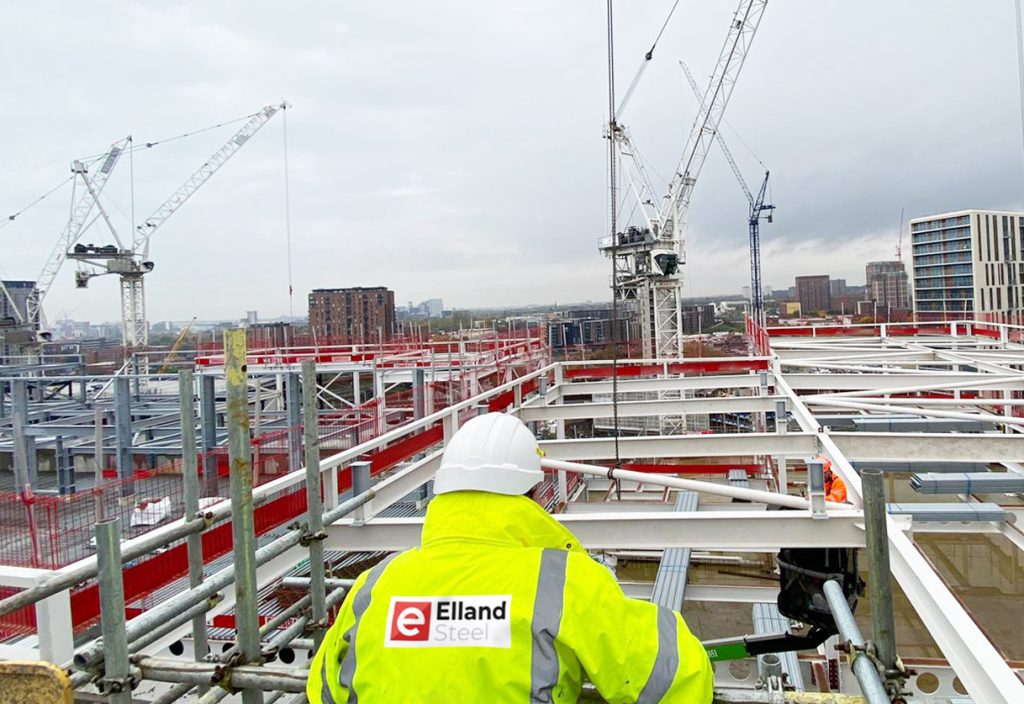Bumps in the road to recovery shouldn’t deter the construction industry from a productive and positive 2022, sector commentators have said.
Increases in the values of contract awards during the last quarter of 2021 – up by 46% compared to the previous three months – and an increase in planning approvals make for an optimistic end to the year, according to Glenigan Construction Review.
The Review, covering activity up to the end of November 2021, also reported on strong year-on-year growth for awards, with projects over £100m up by 75% and projects under £100m up by 38%. Strengthened detailed planning approvals are also supporting optimism about 2022 output.
In its latest Snap Analysis, for December, Barbour ABI also reported on increasing levels of approvals, up by 19% in November, led by the infrastructure, industrial and office sectors.
Now it’s anticipated the infrastructure and industrial sectors will continue to lead recovery in the new year. Industrial project starts were the only ones to be on the increase in the third quarter of 2021, up by 11%.
Barbour ABI also anticipate an increase for the residential sector, having enjoyed a consistent couple of months for contract awards.
However, it has been a challenging road up to this point. Figures from the ONS show slowed GDP in the last quarter – as the economy slowed even before the Omicron variant and revised restrictions were on the horizon.
The construction sector’s output dropped by 1.8% in October – the highest drop of all key sectors and the biggest for construction since April 2020.
Across the individual sectors of the construction industry, residential starts had slowed in the third quarter, down compared to both the second quarter and the same period in 2020. Offices, civil engineering, infrastructure and utilities projects were all also down compared to both the previous three months and last year. And the health sector saw the biggest decline, down by 40% compared to 2020.
This is all down to the ongoing material shortages, with contractors choosing to delay starts on new projects until supply chain challenges pass.
And with the uncertainty that the Omicron epidemic has brought through December, industry commentators have all moved to say that December’s figures are likely to be significantly impacted by its spread. November’s positive month for hotel and leisure – the sector’s first strong month this financial year – could potentially be short-lived, for example.
Looking ahead to 2022, there are some pockets of hope to buoy commentators and contractors’ optimism.
The industrial sector has a steady pipeline of work for the new year, following that growth in main contract awards and detailed planning approvals. Recently started projects – largely underlying projects – for the manufacturing, warehouse and logistics sectors will continue at pace, with much of this activity taking place in the Midlands. Wind farms, office buildings and logistics projects are some of the key works that will keep the industry busy next quarter.
The housing sector is another growth area, already reaching record levels ready for a busy 2022. While the values of housing projects had been declining through 2021, major project starts are now on the increase, up by 89% compared to 2020.
These encouraging figures for contract awards and planning approvals allow the construction industry to go into 2022 feeling optimistic while still realistic

